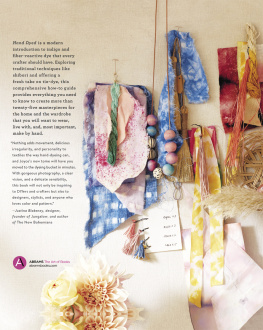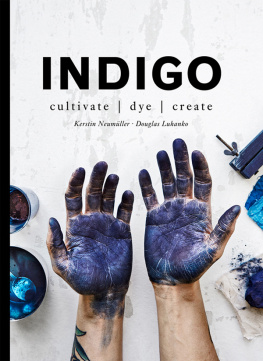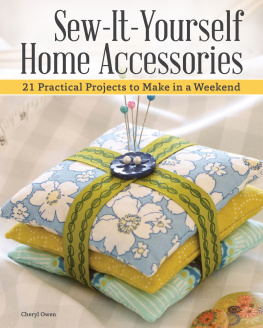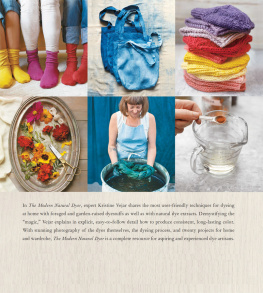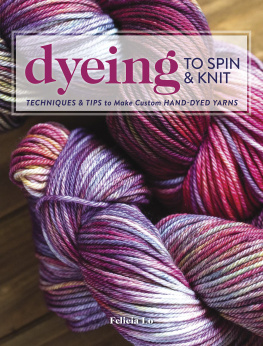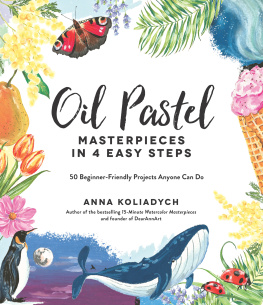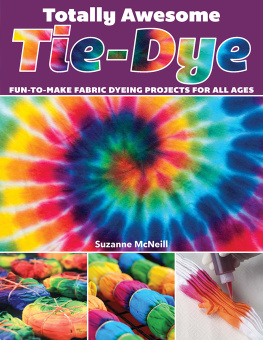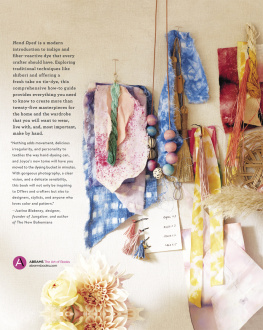

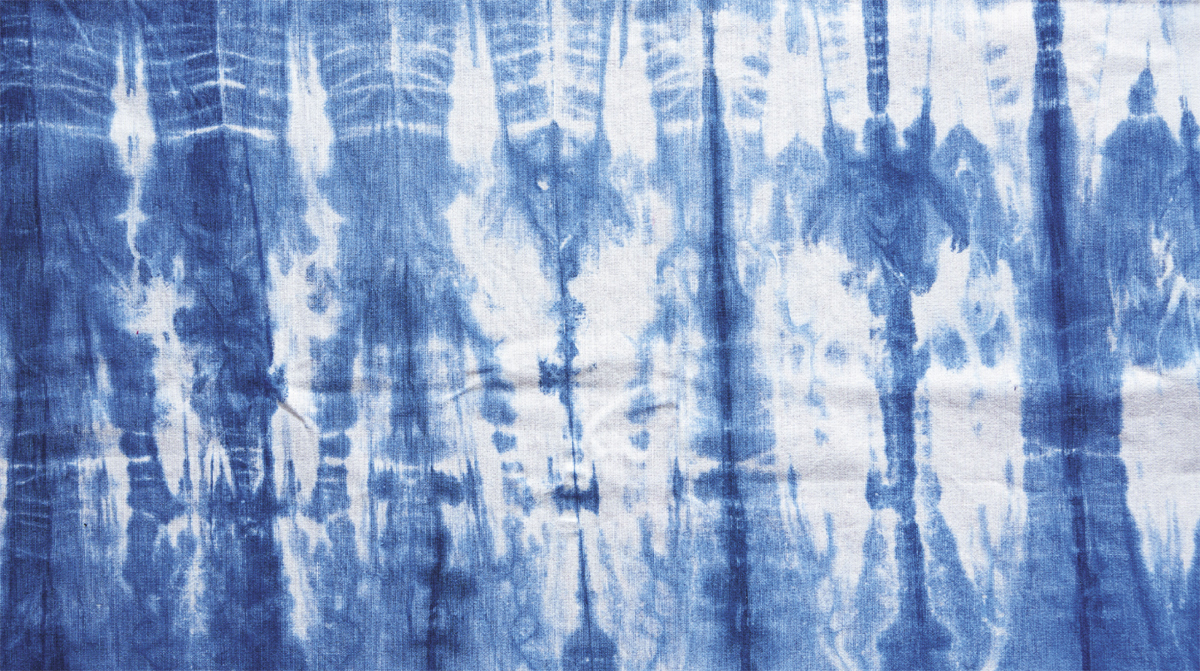

Editor: Meredith A. Clark
Designer: Brooke Reynolds for inchmark
Production Manager: Kathleen Gaffney
Library of Congress Control Number: 2018936227
ISBN: 978-1-4197-3428-1
eISBN: 978-1-68335-514-4
Text copyright 2019 Anna Joyce
Photography by Dane Tashima, copyright 2019 Abrams
Cover 2019 Abrams
Published in 2019 by Abrams, an imprint of ABRAMS. All rights reserved. No portion of this book may be reproduced, stored in a retrieval system, or transmitted in any form or by any means, mechanical, electronic, photocopying, recording, or otherwise, without written permission from the publisher.
Abrams books are available at special discounts when purchased in quantity for premiums and promotions as well as fundraising or educational use. Special editions can also be created to specification. For details, contact specialsales@abramsbooks.com or the address below.
Abrams is a registered trademark of Harry N. Abrams, Inc.

ABRAMS The Art of Books
195 Broadway, New York, NY 10007
abramsbooks.com

To my familyVictor, Angelina, and Iriswithout whose love and support this book would not have been possible

INTRODUCTION
My love affair with dyeing happened suddenly and took me by surprise. I had just finished my first book, Stamp Stencil Paint, and was looking for something new to inspire me in the studio. I had been gifted an indigo dye kit, and one afternoon I decided to try it.
I enjoyed the methodical process of setting up the dyebath and binding and tying the fabric. It was exciting to envision how the folds and shapes that I made would translate into patterns. When I pulled my test fabrics out of the indigo vat for the first time, I knew that there was no going backI was hooked. This new way of working with dye seemed to combine everything that I loved about making art: the meditative process of working with fabric, the unexpected one-of-a-kind patterns, and the deep soulful colors the dyes can bring to a simple piece of cloth.
I was captivated. I began to dye everything I could get my hands on. It was inspiring to submerge a plain textile into the dyebath and then open it after an hour or two of soaking to reveal complex, often very surprising patterns and variations in color. It began to occur to me that dye was a way to record the ethereal and abstract patterns that water creates as it travels deep into the fibers of a textile.
My dye work began to expand into new materials and to grow in scale. At first, I used only the natural dyestuff indigo. The rich blue color was beautiful on every textile that I tried, and so many patterns looked lovely in the deep indigo blue that it seemed to be a foolproof way to explore designs and hone new ideas. I started to keep notes during my dye sessions and to take photos of folded bundles of cotton and silk before they went into the vat so I could remember how to reproduce any pleasing results.
As spring arrived in Portland that year, I found that I was craving even more color. Using dye, it was possible to blend white to pale pink to brilliant red or yellow with no hard lines or edges, just like the roses that grow with abandon here in Portland. Was it possible to achieve that magical transition of colors using dye and embed the beauty into fibers? Instead of indigo, I used fiber-reactive dyes to blend, mix, and explore, finding ease with the science and chemistry behind the colors I was playing with.
As I gained more knowledge and control over my results, I started to teach workshops at home and around the country. There is something very satisfying and almost miraculous about teaching someone to dye for the first time. It doesnt matter if you cant draw or youre not crafty. Almost everyone can wrap rubber bands around cloth and fold fabric with the same level of confidence. I am amazed each class as I watch students delight in their results and leave with the courage to move forward and experiment.
Most of my classes start with shared observations about life, jobs, children, and partners in a truly meaningful way. Dyeing lends itself to working well together in groups, and the collaborative energy generated when making by hand with others naturally leads to laughter and solidarity. All the participants become involved: sharing baskets of supplies, tending to each others work in the communal dye vat, and cheering each other on to try a new pattern. This feeling of community and of finding success with a new craft is something that brings me back to teaching and to working with dye again and again.
Intrigued by these observations, I started to investigate the history of hand dyeing, and I was not at all surprised to find that dyeing and textile production were often womens work. So the textiles we make and share when we dye by hand are part of a much richer tradition than just an afternoon craft project. The fabrics made by ancient textile makersour ancestorsclothed and sheltered tribes, making it possible for them to hunt and survive the elements. Textiles, including clothing and other functional forms such as baskets, were responsible for helping create a sustainable community. To discover that this art form that I found so captivating was rooted in such a deep and essential historical context made me feel connected with other women and other artisans throughout time.
As I searched for more current information on dyeing by hand, I couldnt find books that offered a contemporary aesthetic or projects that reflected the styles that I was seeing in decor magazines and on design blogs. There are lots of informative books on tie-dye, but most of them focus on colors and patterns that you might associate with a bygone era and dont reflect the way we use hand-dyed goods today. There are also beautiful books on dyeing with natural dyes, but my small, 250-square-foot (76 76 m) studio was not large enough to house all the cooktops and supplies needed to effectively use these dyestuffs.
Eventually, I began to conceive of a book on dyeing by hand that was beautiful, inspiring, and, most important of all, contemporary. I wanted the projects to be simple enough that you could achieve great results even if this is your first time dyeing. includes projects that inspire you to gather friends and family to create something beautiful together by hand, sharing conversation and laughter over a dye vat. Hand Dyed is about creating lovely projects that are inspired by ancient traditions but look at right at home in our modern lives.
Almost all the project patterns and colors in this book can be interchanged. The keys at the bottom of each project will let you know the kind of dye and fiber that was used. As long as the kind of dye and the kind of fiber are compatible, colors and patterns can be easily mixed and matched (youll learn more about the relationship between dye and fiber in the Dyeing Overview on ). Have fun folding new patterns and be sure to keep track of the results in a dye notebook, or by snapping photos on your smartphone.
Next page
